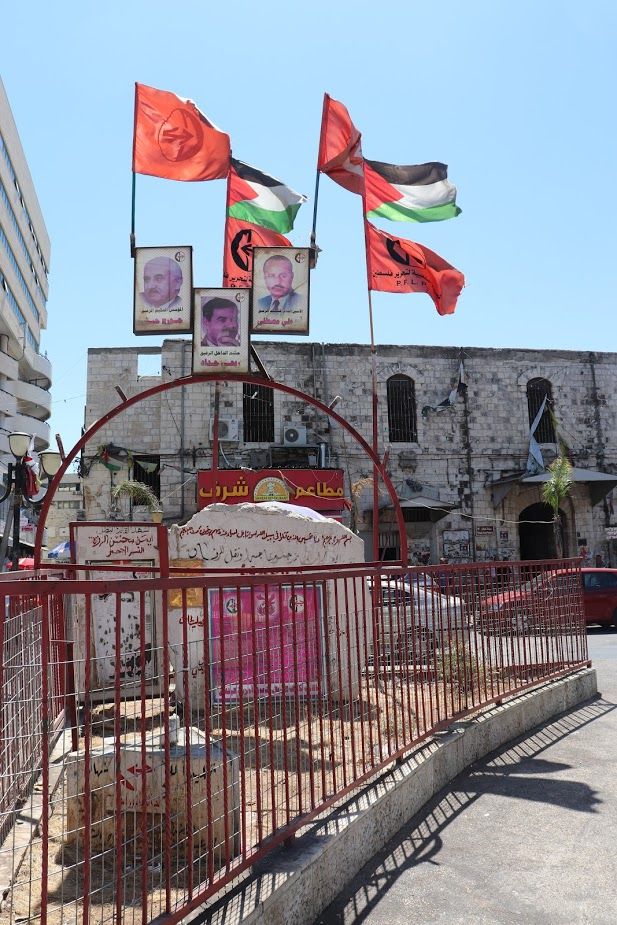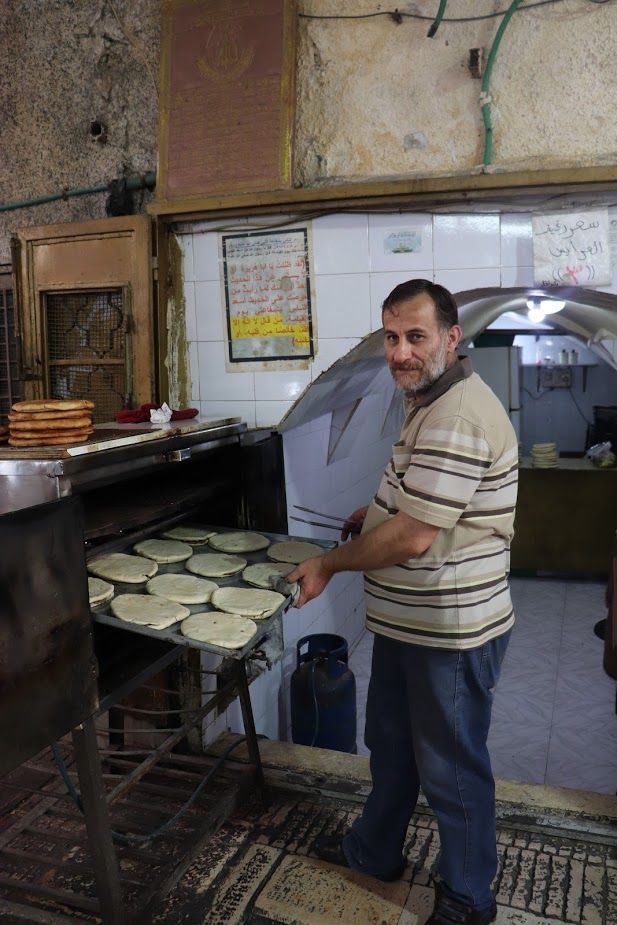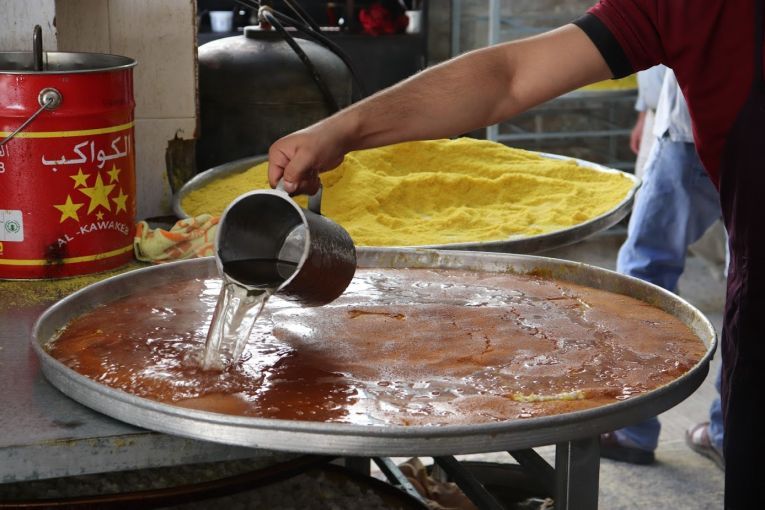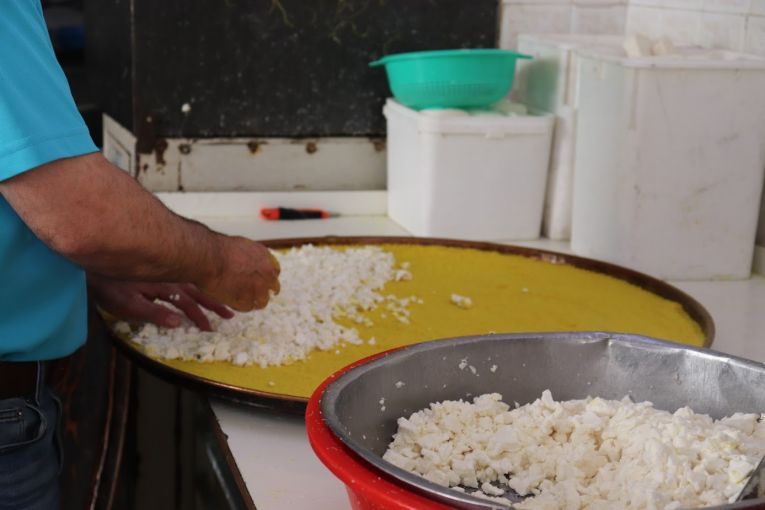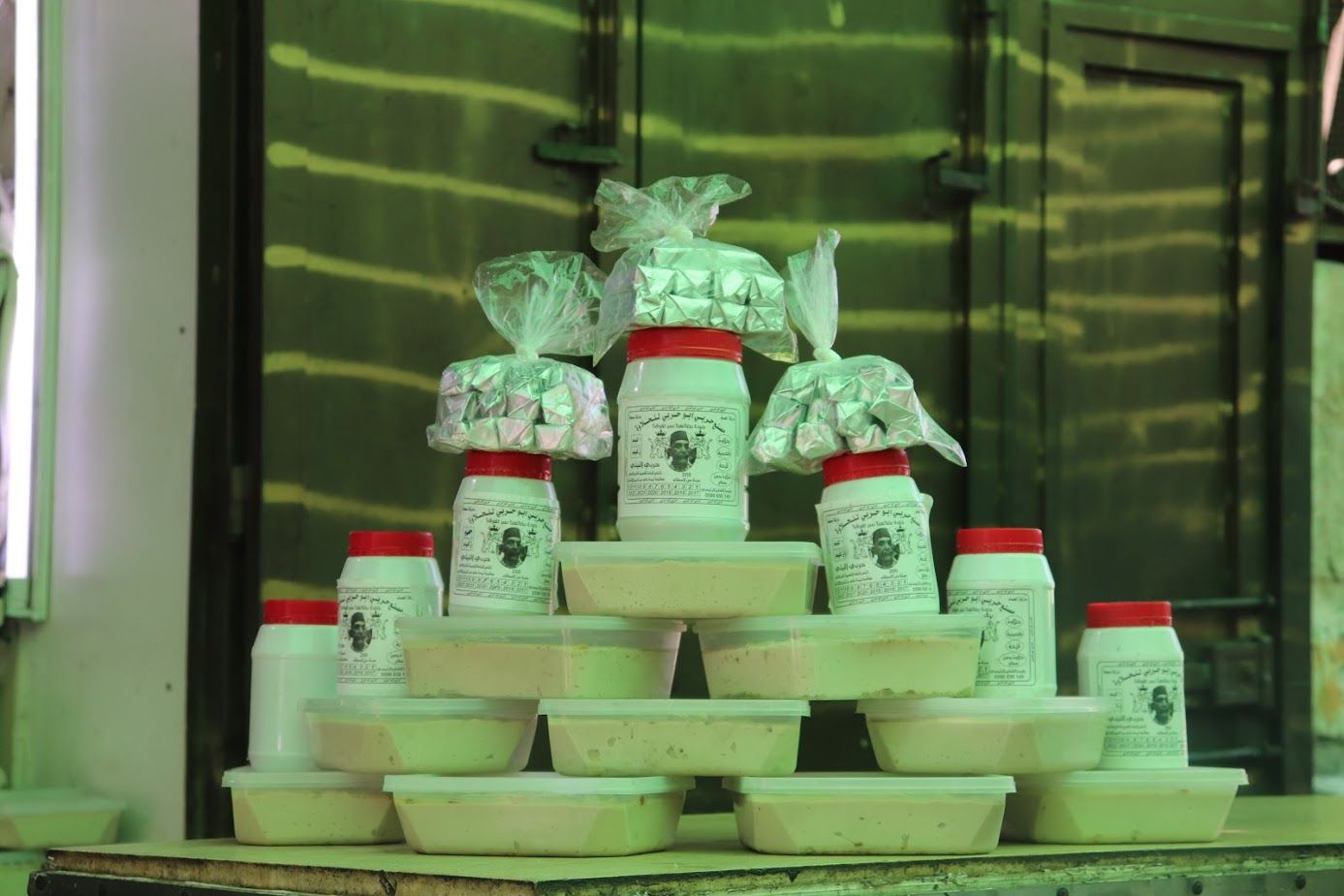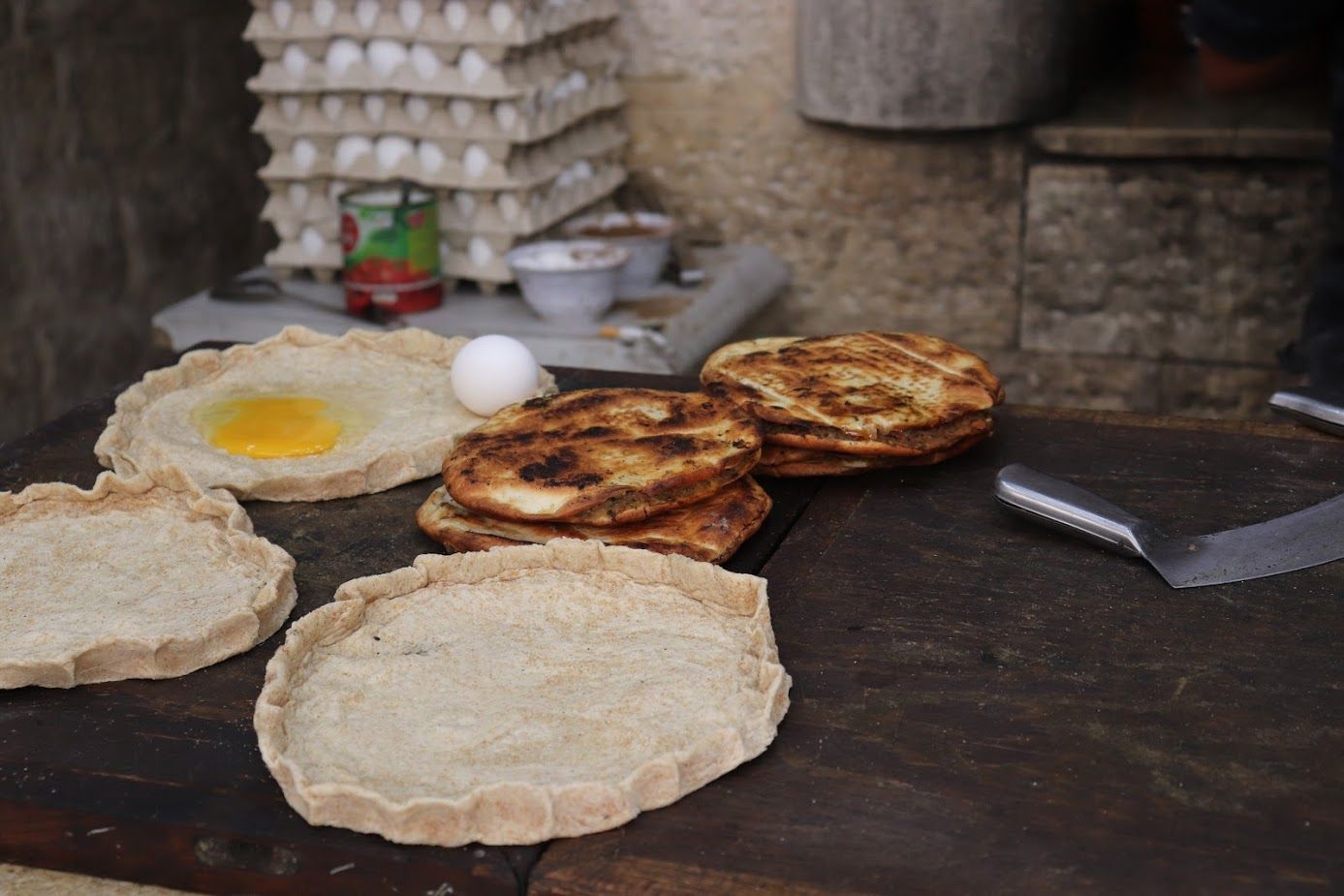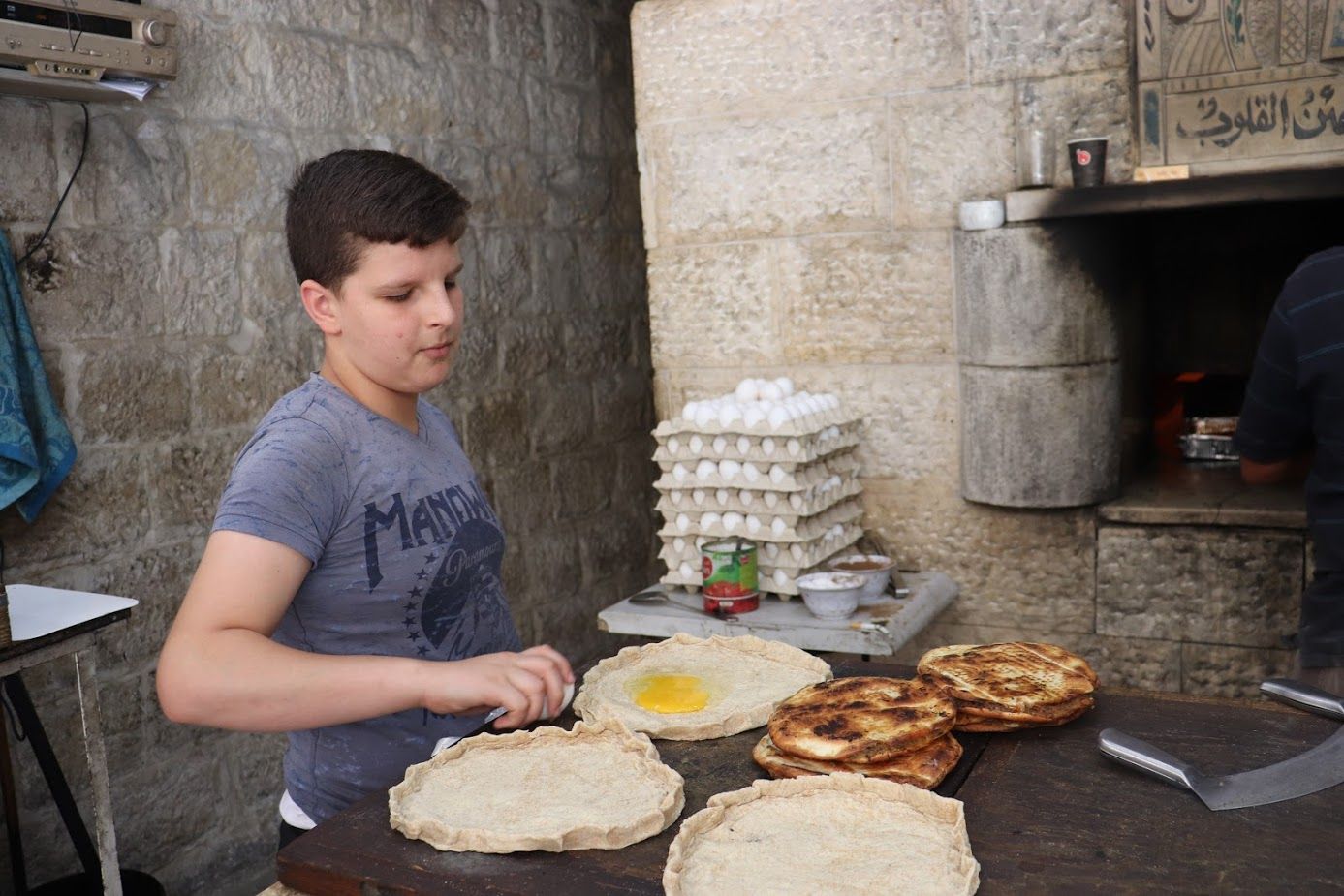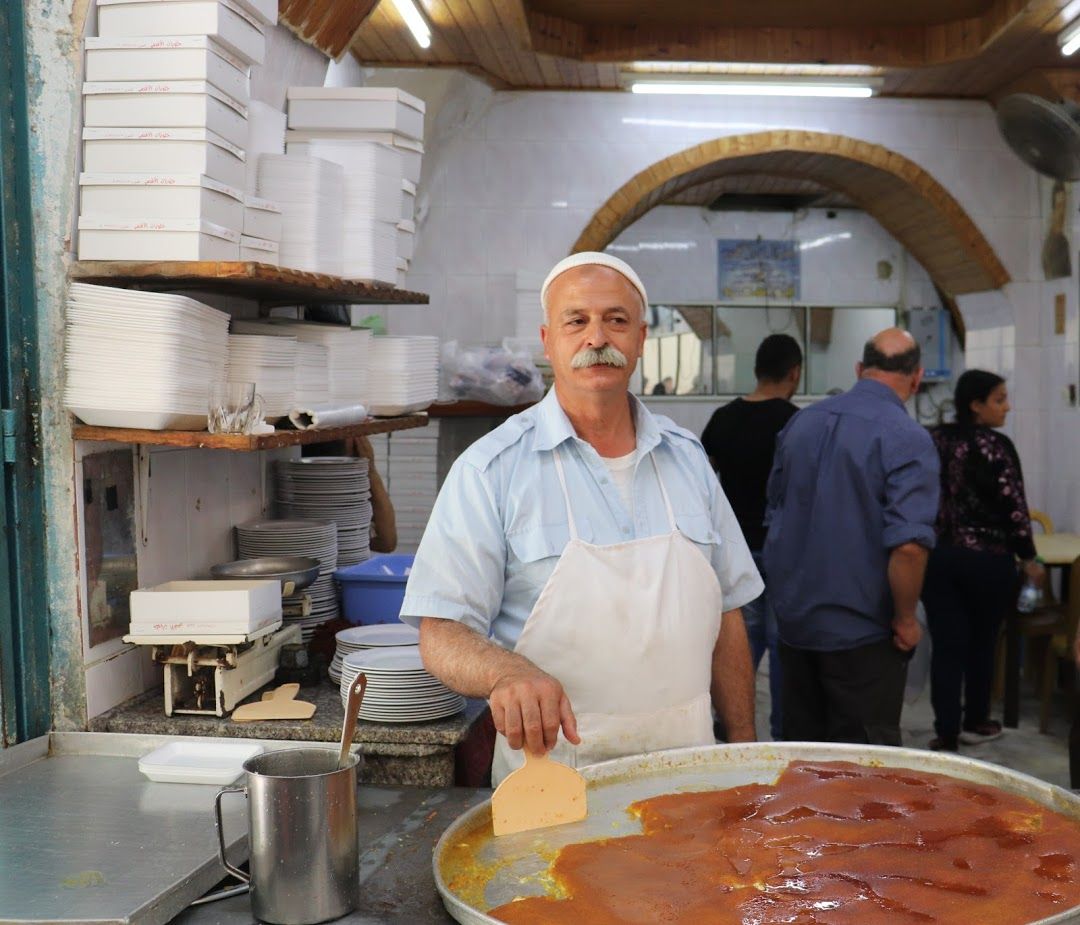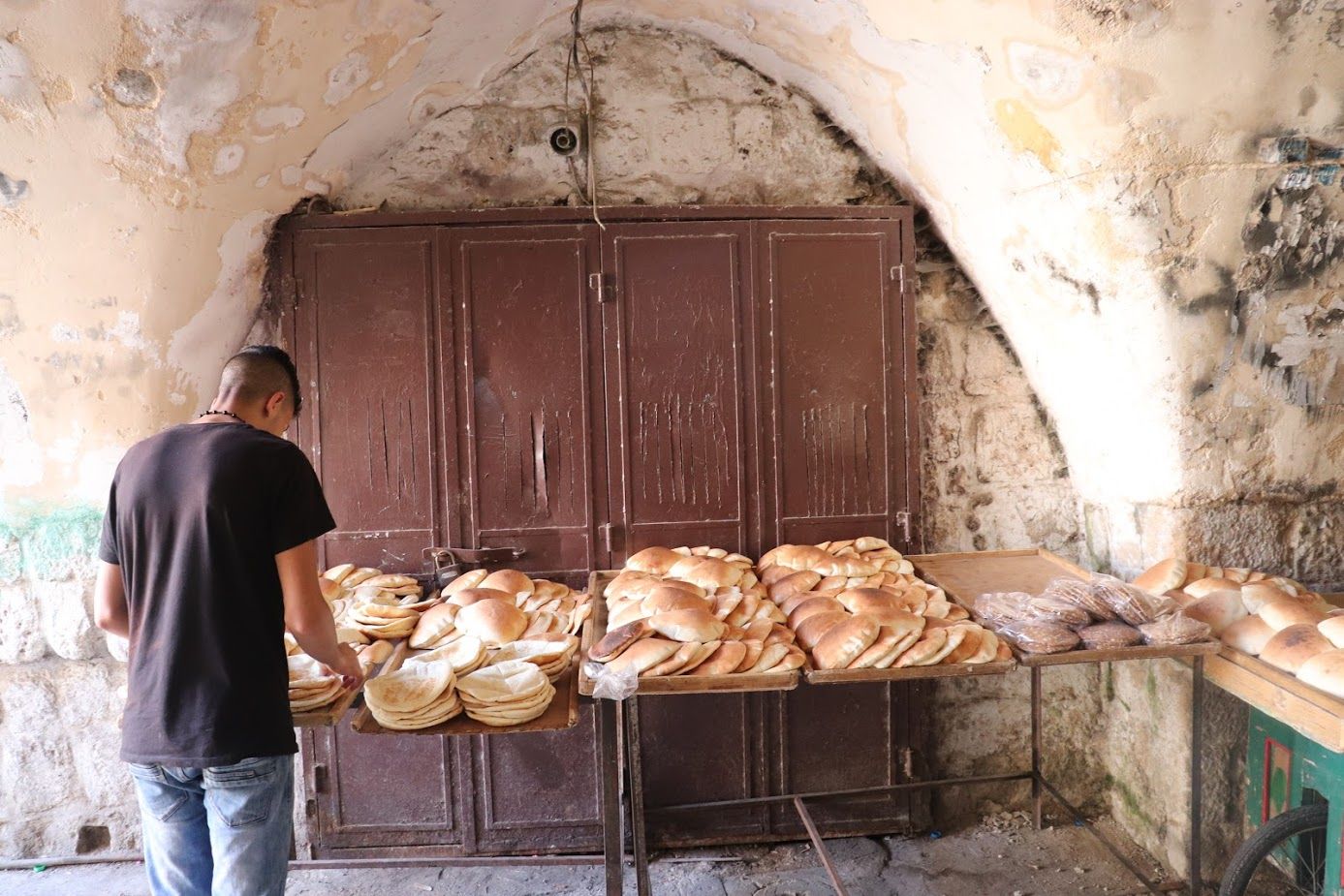Entering the Nablus Old City market is an assault on the senses. Buckets of beet- and turmeric-pickled vegetables stained neon shades of yellow and red line the cobblestone aisles; aromas of Arabic coffee, freshly baked bread, and roasted nuts intermingle in the air; and a mix of laughter and shouts emerge from the various stalls tucked away within the centuries-old walls of stone.
Its humming energy mimics its past as an economic powerhouse. Historically, Nablus drove the West Bank economy, powered primarily by its sale of edible-quality olive oil soaps. Today, though, that fact is no more than a relic of a painful past.
Nablus, located in the Northern West Bank and one of Palestine’s largest cities, was a bastion of resistance in the Second Intifada. Names of individuals who died in the fighting are painted across doorways, immortalized in street art and written amidst the ruins of shellings that have yet to be repaired. Nablus residents call them martyrs. The Israeli government calls them militants and terrorists.
The city represented one of the largest threats to Israeli strength during the Second Intifada. As the Al-Aqsa Martyr Brigades, a violent and decentralized offshoot of Fatah, emerged as a powerful force in the conflict, many of their leaders were rumored to live in Nablus. According to mass media from that period, a number of well-known explosive- and bomb-makers were confirmed to be residing there, and it was the home base for a handful of suicide bombers that ultimately took Israeli civilian lives.
Despite its population of 210,000, Nablus’ collective identity became defined by the violent actions of such people. The intifada left a legacy of repression, economic blacklisting and destruction. The capstone was Operation Defensive Shield, the largest Israeli military effort in the West Bank since the Six-Day War. Israel used helicopters, bulldozers, and heavy street combat to infiltrate and occupy the city, destroying homes and businesses in its wake and cutting off the city from the rest of the West Bank. The operation secured the future of Nablus, a semblance of its former self.
Today, entrance to the city requires passage through the Hawwara checkpoint, manned by Israeli soldiers with automatic weapons and watchtowers. An oversized red sign warns drivers they’re entering “Area A,” the part of the West Bank allegedly under exclusive control of the Palestinian authority. It’s off limits to Israeli citizens (an Israeli law) and potentially “dangerous” to visitors, the sign says, but fewer than five kilometers in the wrong direction would land an unknowing navigator in an Israeli settlement.
Shopkeepers in the Old City market say they feel torn about how to go forward. They say they continue to experience raids and blockades from the Israeli military, a lasting hangover from their reputation during the Second Intifada, and the many memorials to Palestinian fighters suggest a great reverence for the efforts of the resistance movement. However, the city’s residents have become increasingly poor, and many are realistic about their inability to improve their livelihoods without a changed relationship between Israel and Palestine.
The market exemplifies that tension, a sign of the struggle to return to a former normalcy in what may be a forever changed environment.
